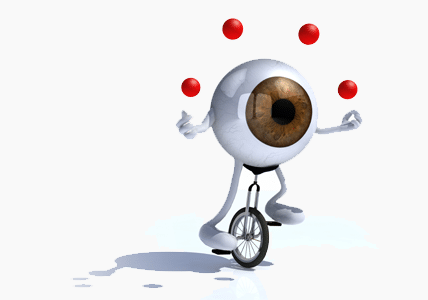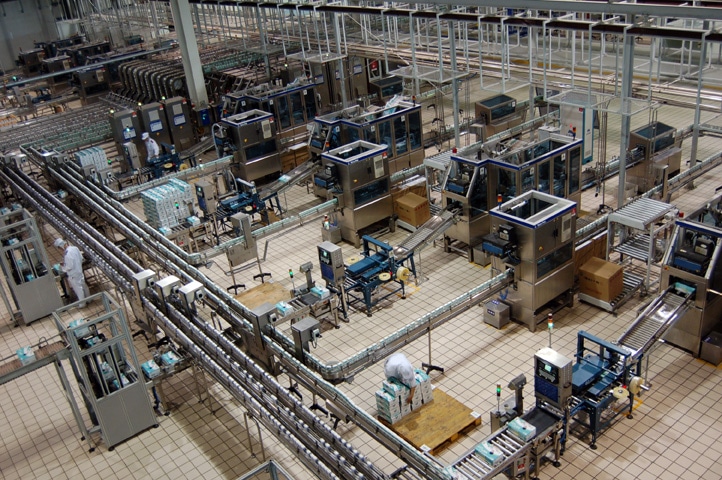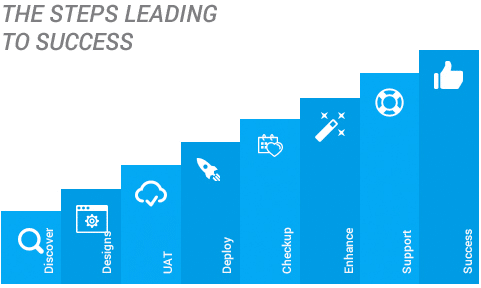Humans are visual creatures by nature.
Just how visual? Research from 3M Corporation shows that 90 per cent of the sensory information sent to the brain is visual. And the tiny, firing neurons that make up much of our brain tell the same story — the neurons responsible for our visual perception make up a total of 30 per cent of our brain’s grey matter.
That may not seem like a staggering number at first, but compare that figure to the paltry eight per cent for our hearing neurons and three per cent for touch perception. You get the picture.
Because the research doesn’t lie, many companies are scrambling for ways to incorporate visuals into their processes to help tighten up workflows and streamline workflows.
Visualizing workflows is definitely an answer to boosting productivity, and here are a few ways it achieves that effect.
Quicker Comprehension
The aforementioned research hints at the fact that our brains process visual content is processed much faster than copy. Apparently, our brain can sort through multiple visuals simultaneously, meaning we can process visuals approximately 60,000 times faster than text.
Because humans are visual creatures, it makes sense that a solution to increase productivity would play to that particular sense. And rather than using mind-numbing spreadsheets to keep track of all the moving parts of a project, workflow management tools such as kanban boards are simple, straightforward solutions for to transform complicated processes into easy-to-understand visualizations.
Kanban generally consists of three columns: To Do, In Progress, and Completed. Team members place cards or sticky notes representing a particular task in a workflow under the appropriate column. This is a simple way to see projects as works in progress — a concept known as visual management. This concept promotes displays (charts, communication boards, etc.) to keep the flow of information going between management and employees.
All this visual management ensures quick comprehension for team members, helping to prevent work redundancies, miscommunications and bottlenecks.
Keeping Projects Transparent
Kanban solutions and other workflow visualizations are great tools in a project manager’s arsenal to provide visual cues so that team members can see where a project stands.
One of the basic principles of kanban is make workflows transparent and collaborative. Because every team member can view every task and its progress as its completed, the entire process remains transparent. Projects are often stalled because of a lack of communication — one team member is waiting on a document from another, work is duplicated or employees have too much on their plates to complete tasks in a timely manner.
Continuous Improvement
These visualization tools also help team members focus on the flow — meaning you can see kinks in the workflow itself and can continuously work to streamline and improve it.
Because each task is tracked with workflow visualizations, everyone can see what each team member is working on and monitor each stage of the workflow. Is one team member is being under-utilized, this can be highlighted and the project manager can delegate more work as needed. Blockages can be easily identified and resolved before they throw the entire project off track.





